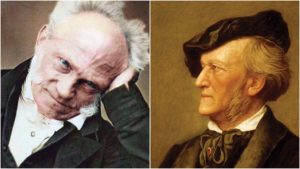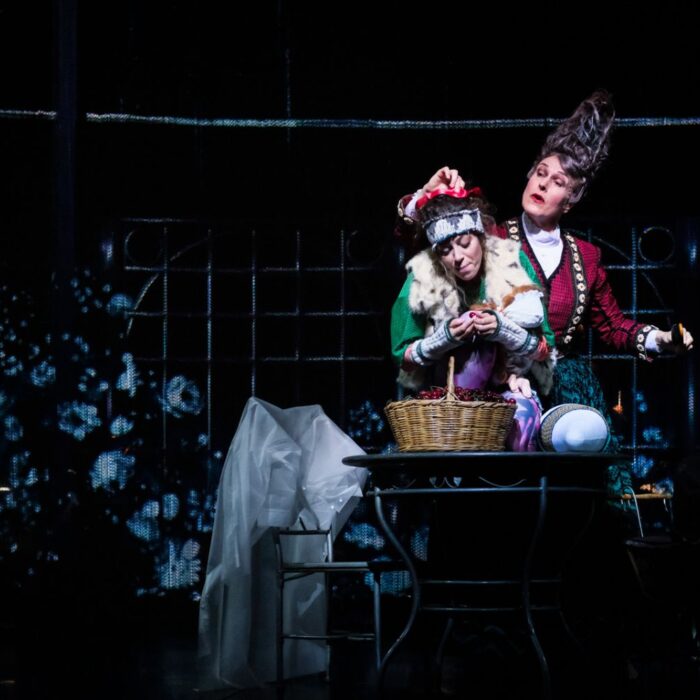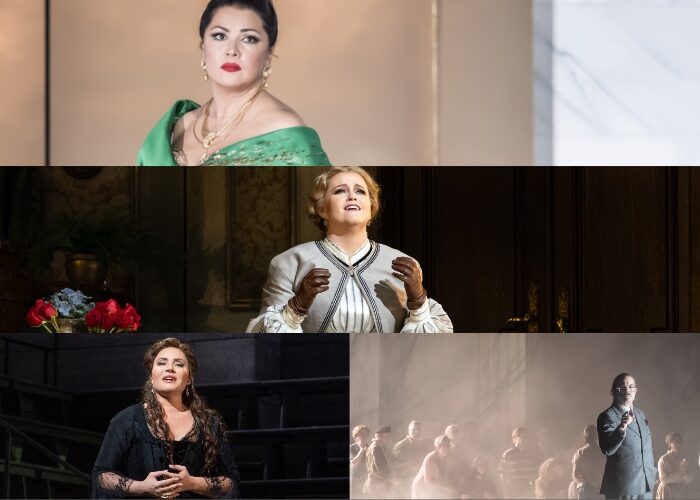
A Brief Survey of the Philosophy of Wagner’s ‘Tristan und Isolde’
By David SalazarWhen Wagner’s “Tristan und Isolde” premiered on June 10, 1865, it changed the world of music and art forever.
Not only did it feature some of the most breathtaking music ever committed to a score, but it changed the way music could be written. The celebrated “Tristan” chord, which shattered the musical concept of a stable key, was only the starting point.
What Wagner wound up doing for almost four hours of music was creating a tapestry without a sense of resolution – and hence constant musical instability.
Most opera lovers know that at the heart of all this was Arthur Schopenhauer’s philosophy, which had so taken hold of the composer that he wished to embody the very notion of the will in his greatest work.
Schopenhauer, of course, praised music as the highest of all art forms, the will itself embodied in a universal language that lived in the abstract and yet communicated with all.
In “The World as Will and Representation,” the great German philosopher writes, “Music is as immediate an objectification and copy of the whole will as the world itself is… For this reason, the effect of music is so very much more powerful and penetrating than is that of the other arts, for these others speak only of the shadow, but music of the essence. The inexpressible depth of all music, by virtue of which it floats past us as a paradise quite familiar and yet eternally remote, and is so easy to understand and yet so inexplicable, is due to the fact that it reproduces all the emotions of our innermost being, but entirely without reality and remote from its pain.”
One of the core tenets of Schopenhauer’s thinking is his inherent pessimism that the will always pushes us toward needs and desires that can never fully be resolved. Even when we obtain the object of those desires, we are immediately left unsatisfied, finding something else on which to fixate. Hence, we are forced to suffer interminably until death alone liberates us from the Sisyphean cycle.
In his fantastic “The Tristan Chord,” Bryan Magee posits that Wagner’s conception of “Tristan” was to take the philosophy of his favored philosopher and his ideas about music and turn it into one massive piece of music, “Tristan und Isolde.”
And if we look at the opera itself, this is exactly how Wagner operates. The “Tristan” chord and its tonal instability reflect the constant desire imposed by the will and the lack of satisfaction. Listening to the opera, we are constantly approaching the resolution of a musical phrase, only for a dissonance to appear simultaneously and push the listener into another direction. And for nearly four hours, the music meanders, never finding a place of satisfaction until the very end, where the two lovers presumably find one another in the collective abstract that cannot exist on earth (Magee argues that Wagner got this final aspect of Schopenhauer’s philosophy all wrong in the opera, as Tristan and Isolde would never identify themselves as individuals in the noumenon, which exists without perception or sense).
The drama itself also plays on this concept, with Tristan and Isolde constantly desiring one another but never finding fulfillment. And if we dig deeper into Wagner’s interpretation of Schopenhauer we can find him constantly playing with this concept of the inner and outer worlds, the fact that the lovers find the “real world” a prison and only their inner “night” the true liberation of their being. They could never be together in the real world or day because there they exist as lies. And while the night represents their only hope, the cycle of day and night is yet another manifestation of the will and the Sisyphean struggle the lovers would constantly endure.


